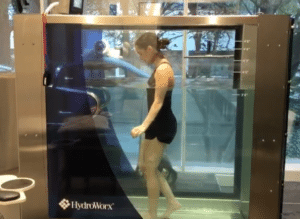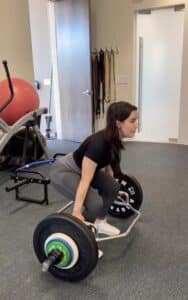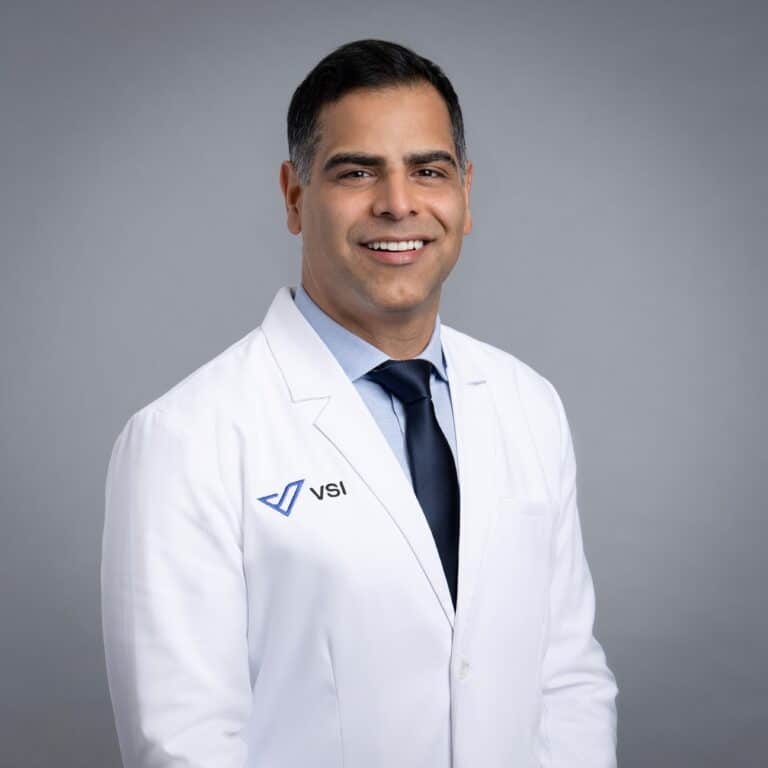From Sex To Suicide – How Deeply Back Pain Can Impact Your Life
When newlywed Valeria came to see me at the age of 28, she was not living the life she had expected or dreamed. A once incredibly active professional, she had been sidelined by intense and chronic pain after hurting her back while exercising with weights at home during the pandemic. Her pain was so severe, extreme and debilitating, it had transformed her life and abilities to the point that she barely recognized herself.
“I was working from home in bed. I couldn’t sit, stand or sleep without pain. I couldn’t go to work events. I couldn’t even do chores around the house or run errands anymore. It was awful,” she explains.
Valeria suffered for several months, hoping it would get better until she couldn’t take it anymore and came to me for help. I did a complete assessment and diagnosed her with problems with her sacroiliac or SI joints, facets and ligaments at two levels of her spine. While her pain was extreme, we say all the time that 90% of our patients don’t require surgery to get better and I felt strongly that was going to be the case with Valeria too. So I set about trying to heal her holistically. We started with steroid injections and regenerative medicine and that helped reduce some inflammation. But she had also lost so much strength amid the ongoing pain so I also referred her to in-house aquatic therapy and physical therapy to help her begin to regain strength.
For Valeria, the point where I began collaborating with our spine-specialized physical therapists became a pivotal one for her. She was a competitive gymnast when she was younger so she loved exercise and activity. But in the beginning — she couldn’t do it on land at all. So our therapists started her in the water tank with aquatic therapy. The buoyancy effect allowed her to perform a range of motion exercises that wasn’t possible for her on land and the nearly weightless environment began to slowly improve her flexibility and function. When she was a bit stronger, her physical therapy sessions moved into the PT room and she says that alone felt like a big accomplishment.

“One of the things I loved about that place is that they didn’t make you feel like a sick person. It feels like a sports environment and that helped my recovery,” Valeria explains.
Her therapist started her with Blood Flow Restriction or BFR training — which is a good option when muscle weakness is an issue because it allows you to exercise with a low intensity while maximizing strength building. Having 1-on-1 physical therapy sessions with him were also key because he got to know her and her needs and tailored care to her. The one-on-one model, which is not as common as it should be in physical therapy, was also really important in Valeria’s case because it made it more comfortable for her share some deeply personal impacts the pain was having on her life.
When she expressed fear about pain, her therapist shared a book with her so she could learn about pain and why she didn’t need to be scared about it.
When she expressed that her ongoing pain was impacting her mental health and causing suicidal thoughts, he encouraged her to seek professional help. A counselor not affiliated with VSI prescribed antidepressants, which were a key part of the puzzle in terms of her healing.

A trusting relationship with her PT also allowed Valeria to have an open and honest conversation with her physical therapist about how back pain was impacting her ability to have sex. When she did, he added a regimen of stretches and strength training, which helped tremendously.
“I talked with my husband and said — I have to trust him and ask him for advice because I don’t know what else to do,” Valeria explains. “Feeling comfortable enough to have those conversations with him was an important part of my recovery and ultimately he gave me my sex life back.”
It took time, patience and dedication but after a year with VSI, Valeria has made a physical and emotional comeback. In fact, she’s in better shape than she was before the injury. Valeria has worked up to 100-pound squats and a 15-minute mile. Her mental health and sex life are also back to normal — all thanks to open conversations with medical experts willing to take the time to listen.
There are many lessons from Valeria’s story but first and foremost is the importance of being honest with your healthcare providers about all that’s impacting you. Here are three tips to help you do that.
- Keep looking until you find a doctor you feel comfortable with. It may not be the first doctor you meet with but it’s worth continuing to look until you find healthcare providers that you can share all parts of your health challenges with.
- Find health care providers who make time for conversations. Doctors and physical therapists are busy but plenty are willing to make time for your questions. It may require an extra visit — but find one willing to find a way. With PT — definitely look for practices where you get 1-on-1 time rather than working with a therapist who has to split their time between multiple patients at once.
- Write down the topics or questions that feel difficult and broach one at a time. The goal is to be comfortable speaking directly with your doctor but building that trust can take time. If it does, ask if you can text or email difficult questions, mention them to a nurse first or write the question down and hand it to the doctor to read and answer when you meet.
As Seen on Instagram
Topics covered
About the Author
Featured Resources
Insights to Achieve a Pain-Free Life


